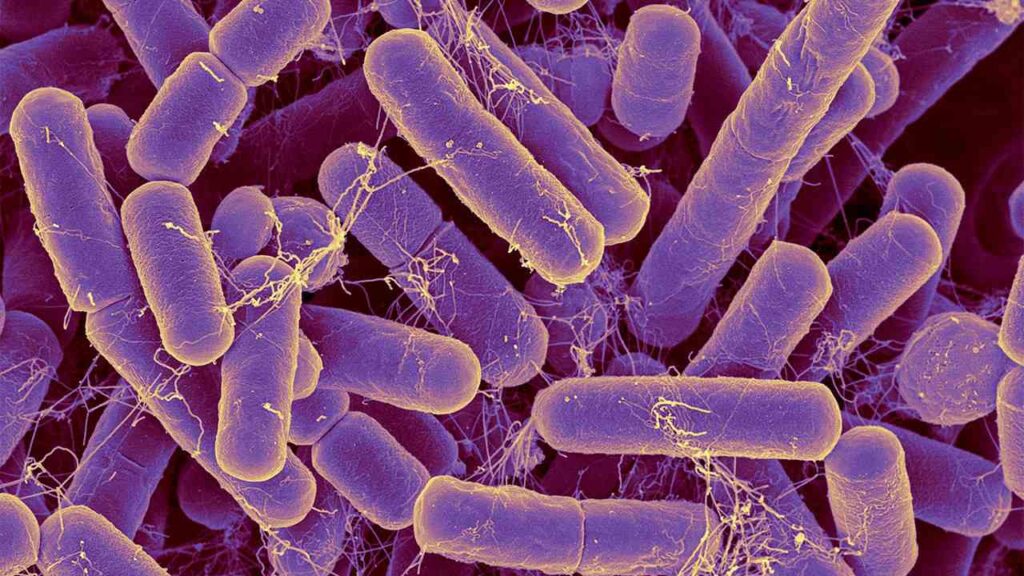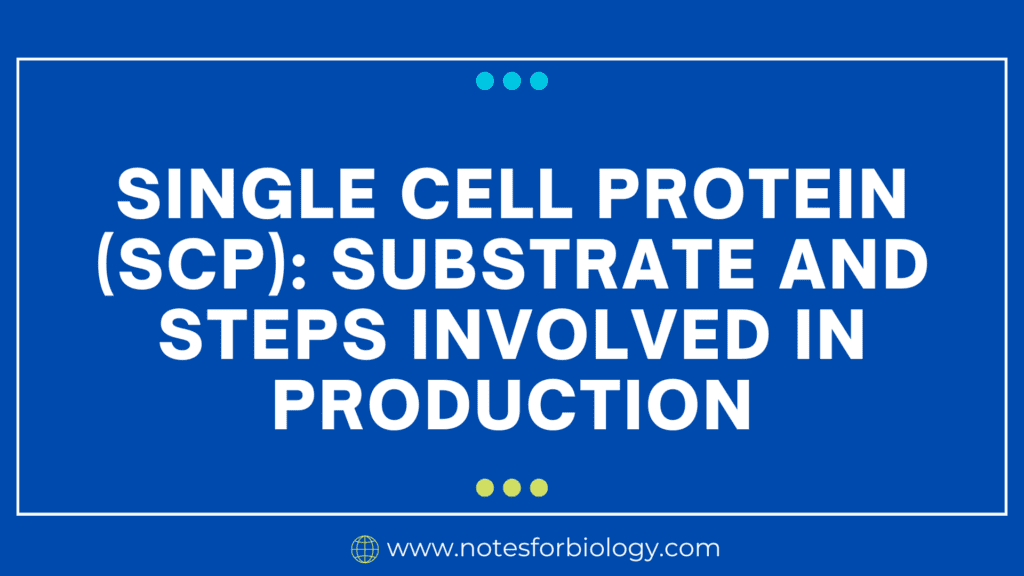Single cell protein (SCP) is a fascinating and promising solution to the world’s growing need for food and feed. It’s essentially protein extracted from microorganisms like bacteria, yeast, fungi, or algae. This method offers a sustainable alternative to traditional protein sources, minimizing the pressure on land use and water resources.

Table of Contents
Substrate: The Building Blocks of Single cell protein
The foundation of SCP production lies in the substrate, which provides the raw materials for microbial growth. The ideal substrate should be:
Cheap and Abundant: Minimizing production costs is key. This often means utilizing readily available waste materials.
Rich in Nutrients: The substrate must provide the necessary carbon, nitrogen, and other essential elements for microbial growth.
Easily Processed: The substrate should be readily usable for fermentation and subsequent extraction.
Here are some common examples of Single cell protein
Agricultural Waste: This includes crop residues like straw, bagasse, and rice husk, as well as animal manure and sewage sludge.
Industrial Byproducts: These can be waste streams from various industries, like molasses from sugar mills, whey from dairy, and even waste gases like methane.
Renewable Resources: This category encompasses materials like wood pulp, cellulose, and even starch derived from agricultural sources.
Steps Involved in Single cell protein Production
The journey from substrate to SCP is a multi-step process:
Substrate Preparation
Pre-treatment: The substrate undergoes various physical and chemical processes to make it suitable for microbial growth. This may involve grinding, heating, or chemical treatments to break down complex molecules and remove inhibitors.
Sterilization: Eliminating unwanted bacteria and fungi is crucial to ensure the dominance of the desired microorganism. Sterilization is achieved through heat treatment or filtration.
Fermentation
Cultivation: The selected microorganism is inoculated into the prepared substrate in a controlled environment. This environment provides optimal conditions like temperature, pH, and oxygen levels to encourage rapid microbial growth.
Bioreactor: Large-scale SCP production typically employs bioreactors, which are specialized vessels designed to optimize fermentation conditions.
Harvesting and Processing
Harvesting: Once the microorganism has reached its peak biomass, it is harvested from the fermentation broth. This is achieved through techniques like centrifugation, filtration, or sedimentation.
Drying and Extraction: The harvested biomass is then dried to remove excess water and stabilize the protein. Further processing can involve extracting the protein through techniques like enzymatic hydrolysis or solvent extraction.
Quality Control and Product Formulation
Quality Assurance: The final SCP product undergoes rigorous quality control to ensure purity, safety, and nutritional content. This includes tests for microbial contamination, heavy metals, and other potential contaminants.
Formulation: SCP is often blended with other ingredients to create specific formulations for different applications. It can be incorporated into animal feed, human food, or used as a protein supplement.
The Benefits of Single cell protein
Sustainable Protein Source: SCP production utilizes readily available waste materials, reducing reliance on traditional protein sources like meat and fish.
Efficient Protein Production: Microorganisms can convert substrates into protein far more efficiently than conventional livestock farming.
High Protein Content: SCP products typically boast a high protein content, often exceeding 50% of their dry weight.
Nutritional Value: SCP can be enriched with essential amino acids and other nutrients, making it a valuable dietary component.
Environmental Sustainability: SCP production can contribute to waste management and reduce greenhouse gas emissions compared to conventional protein sources.
Challenges and Future of SCP
Despite its potential, SCP production faces challenges, including:
Consumer Acceptance: Overcoming public perceptions about consuming microbial-derived protein is crucial for widespread adoption.
Cost-Effectiveness: Ensuring SCP production remains competitive with conventional protein sources is essential.
Technological Advancements: Further research and development are needed to optimize processes and enhance the efficiency and cost-effectiveness of SCP production.
Conclusion
SCP holds immense promise as a sustainable and efficient source of protein to address the growing global demand for food and feed. With ongoing research and development, SCP can play a significant role in creating a more sustainable and secure food system for the future.
Frequently Asked Questions(FAQ)
What do you mean by Fermentation?
Fermentation is a metabolic process that converts sugar into acids, gases, or alcohol. It occurs in the absence of oxygen and is carried out by microorganisms like bacteria and yeast.
What do you mean by Harvesting and Processing?
Processing and harvesting are essential phases in the creation of many products, ranging from manufactured commodities to agricultural products. They symbolize the process of turning raw materials into completed commodities through a number of operations that change and get them ready for use or consumption.
Related Articles

